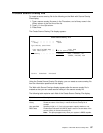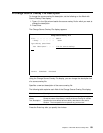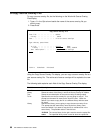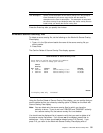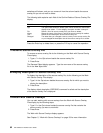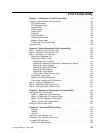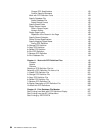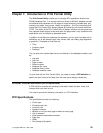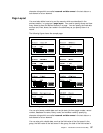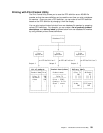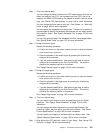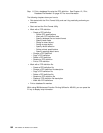
Chapter 7. Introduction to Print Format Utility
| The Print Format Utility enables you to develop AFP applications directly from
| AS/400 database files. In a manner similar to Query for AS/400, database records
| are selected and processed into full pages of output combining variable data, text,
| overlays, bar codes, lines, boxes, image, and graphics. All of the instructions built
| during the Print Format Utility design process are stored as print format definitions
| (PFD). The ability of the Print Format Utility to design individual record layouts and
| then replicate those layouts across and down the page make it very productive with
| applications such as multiple-up barcoded labels.
In addition to the data from database file members, you can print fixed data that is
defined by any of the element types (text, boxes, lines, bar codes, page segments,
or graphics). Examples of fixed data are:
Titles
Company logos
Drawings
You can also print variable data that are not defined in the database member, such
as:
Job date
Job time
Page number
Record number
Database file name
Database library name
Database member name
To print data with the Print Format Utility, you need to create a PFD definition to
specify the print format of the data from the menu panel display interactively.
Printout Format Definition (PFD Definition)
A PFD definition provides the necessary information about the data, forms, and
formats which you want to print.
You need to provide the following information in a PFD definition.
PFD Specifications
The specifications contain the following:
Printer type
Characters per inch
Lines per inch
Degree of rotation
Whether or not you want page numbers on each page
Unit of measure
Initial element measurement method
Page size
Offset
Grid (design aid) position
Copyright IBM Corp. 1996, 1998 95



